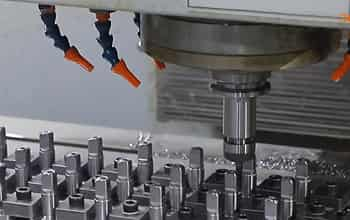Injection Molding: Flash defect
Aug 25, 2023
Flash, also known as flashing or burrs, mostly occurs between the matching parts of a mold, such as the parting surface of the mold, the sliding part of the slider, the clearance of the insert, and the gap of the ejector, etc. If the flashing is not resolved in a timely manner, it will be further worsened, so that the mold will be pressed to cause local collapses or other permanent damages. The flashing occurring in the clearance of the insert and the gap of the ejector will also cause the product to stick on the mold, thus affecting ejection. Flash is actually the excessive plastic material which enters the matching gaps of the mold and is attached to the final product after cooling. It is very easy to solve the problem of flashing, i.e., keeping the melt out of the matching gaps in a mold. The plastic melt usually enters the mold matching gaps in two scenarios: one is that the mold matching gap is large, making it easy for the melt to get in; the other is that the mold matchin...
